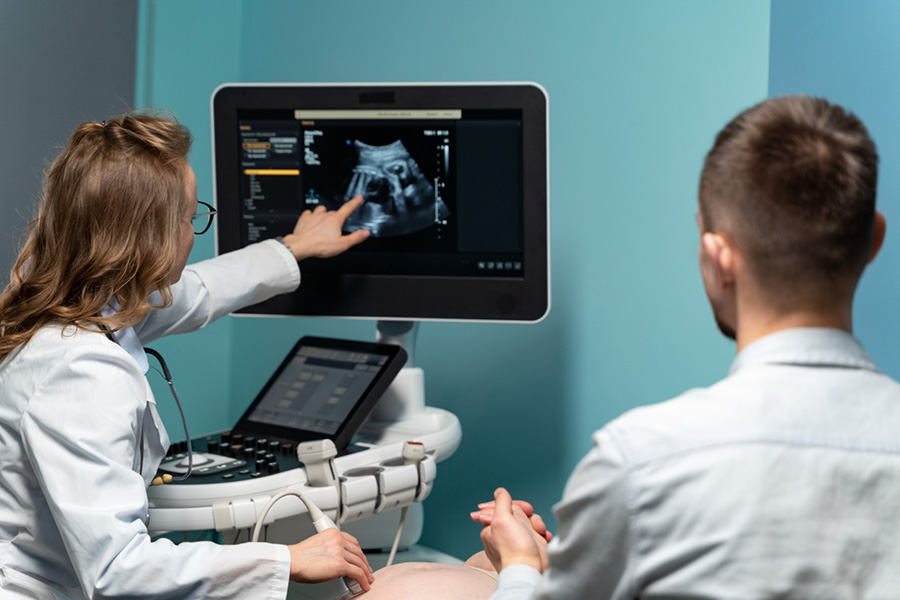
Accelerometric recordings provide a reliable and sensitive method for quantitative tremor assessment, complementing clinical rating scales in evaluating treatment efficacy.
Authors
Veronika Purrer, Department of Neurology, University Hospital Bonn, Bonn, Germany; German Center of Neurodegenerative Diseases (DZNE), Bonn, Germany
Tara Chand, Jindal Institute of Behavioural Sciences, O. P. Jindal Global University, Sonipat, India; Department of Psychiatry and Psychotherapy, Jena University Hospital, Jena, Germany; Department of Clinical Psychology, Friedrich Schiller University Jena, Jena, Germany
Emily Pohl, Department of Neurology, University Hospital Bonn, Bonn, Germany
Hannah Weiland, Department of Diagnostic and Interventional Radiology, University Hospital Bonn, Bonn, Germany
Valeri Borger, Department of Neurosurgery, University Hospital Bonn, Bonn, Germany
Carsten Schmeel, Department of Neuroradiology, University Hospital Bonn, Bonn, Germany
Henning Boecker, Department of Diagnostic and Interventional Radiology, University Hospital Bonn, Bonn, Germany;
Ullrich Wüllner, Department of Neurology, University Hospital Bonn, Bonn, Germany; German Center of Neurodegenerative Diseases (DZNE), Bonn, Germany
Summary
Introduction: Tremor syndromes are common neurological disorders, usually distinguished by clinical examination. Ordinal rating scales are widely used to rate tremor severity but are limited by subjective observation, interrater reliability, ceiling effects and lack of knowledge about sensitivity to change emphasizing the relevance of quantitative methods.
Methods: To assess tremor characteristics in essential tremor (ET) and Parkinson’s disease tremor (PT) quantitatively, we used a wearable triaxial accelerometer in comparison to a common clinical rating scale. Furthermore, different activation conditions and changes after treatment with MR-guided focused ultrasound (MRgFUS) were examined concomitantly. Patients with disabling, medication-refractory ET (n = 35) or PT (n = 21) undergoing unilateral MRgFUS thalamotomy were assessed before, 1, 6 and 12 months after MRgFUS treatment. Clinical assessments included the Clinical Rating Scale for Tremor (CRST) and accelerometric recordings at rest, posture and kinetic movement. Peak frequencies (fp), frequency width at half maximum (FWHM), tremor stability index (TSI), and half-width power (HWP) were extracted from the power spectrum of acceleration and compared to the CRST.
Results: We observed moderate to strong correlations between CRST subscores and log-transformed HWP, whereas significant correlations were only evident in ET when groups were evaluated separately. Fp, FWHM and TSI showed no differences between groups and conditions. Further, repeated measurements after MRgFUS treatment revealed significant changes of tremor severity in both, clinical rating and accelerometric recordings.
Discussion: Tremor assessment using accelerometric recordings provided a fast and investigator independent method for tremor characterization and quantitative assessment, which were sensitive to changes after therapeutic interventions.
Published in: Frontiers in Neurology
To read the full article, please click here.

